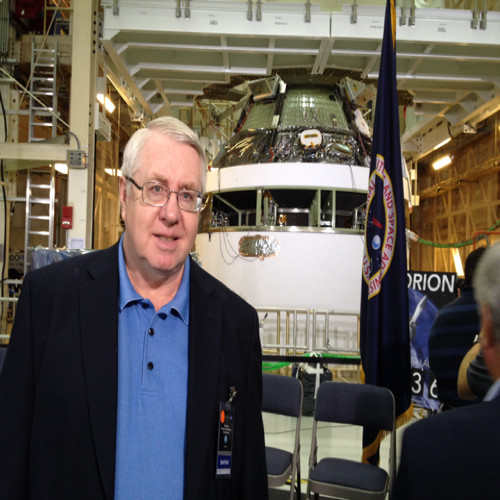China’s Military Space Surge

China’s surging military space program is poised to challenge U.S. aircraft carrier operations in the Pacific, as Chinese military spacecraft already gather significant new radar, electrooptical imaging, and signal intelligence data globally.
During 2010, China more than doubled its military satellite launch rate to 12. This compares with three to five military missions launched each year between 2006 and 2009. Since 2006, China has launched about 30 military related spacecraft. Its total of 15 launches in 2010 set a new record for China and for the first time equaled the U.S. flight rate for a given year.
Most U.S. public and media attention has focused on China’s occasional manned flights and its maturing unmanned lunar program. But China’s military space surge reveals a program where more than half of its spacecraft are like ‘wolves in sheep’s clothing,’ posing a growing threat to U.S. Navy operations in the Pacific. India’s navy is also concerned.
“This is a really big deal. These military spacecraft are being launched at a very rapid pace” says Andrew S. Erickson, a Naval War College expert on China’s naval and space forces. China is becoming a military space power within a global context.” At least three or four different Chinese military satellite systems are being networked to support China’s 1,500 km+ range DF-21D antiship ballistic missile (ASBM) program, say U.S. analysts. The DF-21D is being designed to force U.S. Navy aircraft carrier battle groups and other large U.S. allied warships to operate hundreds of miles farther away from China or North Korea than they do today.
The ASBM “has undergone repeated tests and has reached initial operational capability,” Adm. Robert Willard, commander of the U.S. Pacific Command said recently in Tokyo. The new Chinese space capabilities, combined with development of the DF-21D, are already having an effect on the planning of future operations in the Pacific, says Secretary of Defense Robert Gates.
“I’m trying to get people to think about how do we use aircraft carriers in a world environment where other countries [China specifically] will have the capability, between their missile and satellite capabilities, to knock out a carrier,” Gates said recently at Duke University. “How do you use carriers differently in the future than we’ve used them in the past?” he asked.
The full article appears in the March 2011 issue of Aerospace America published by the American Institute of Aeronautics and Astronautics (AIAA).








